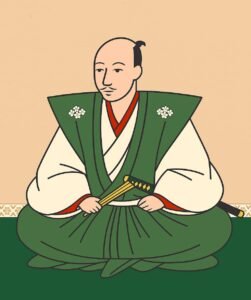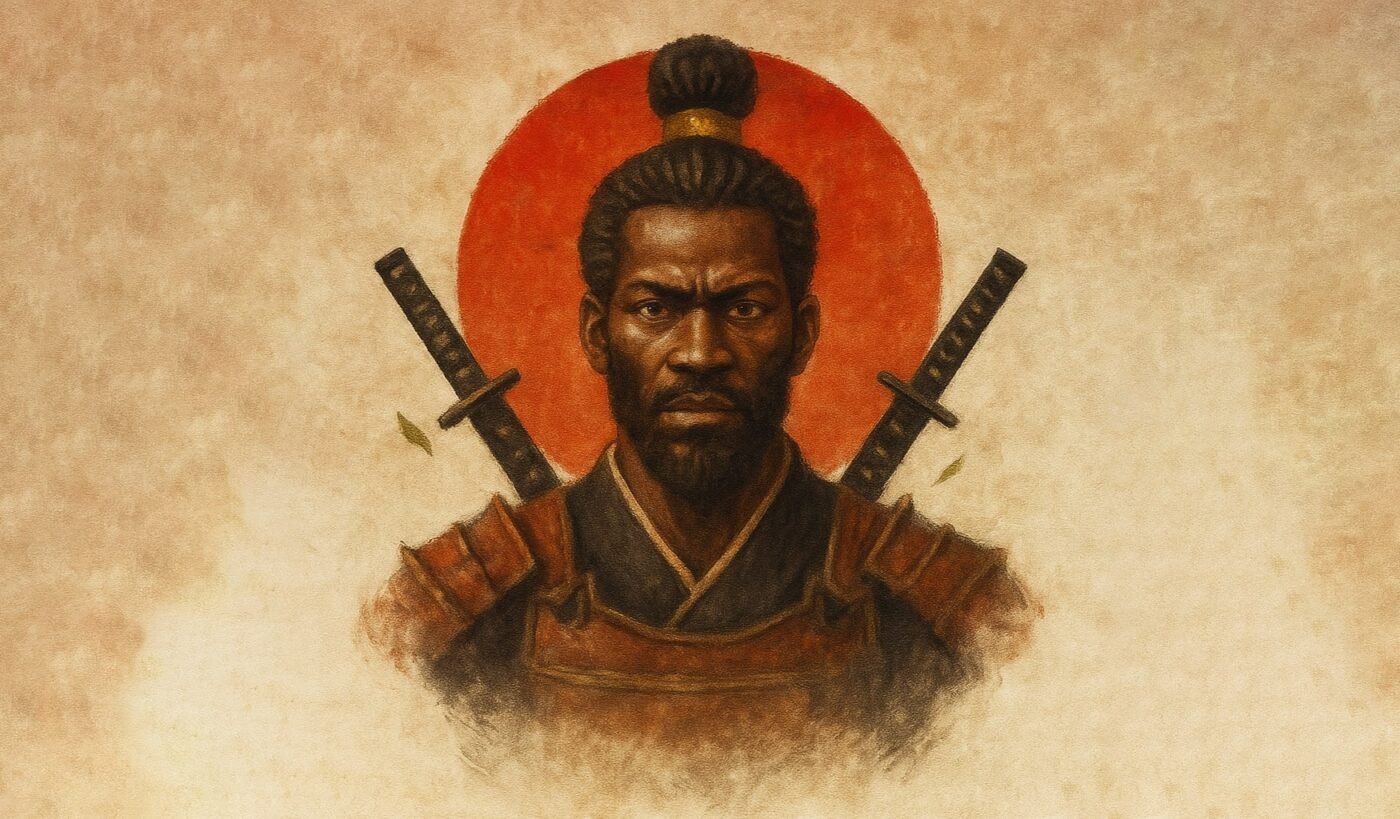Yasuke (born around 1555 in Eastern Africa) was an African man who arrived in Japan in 1579 as a servant and bodyguard to the Italian Jesuit missionary Alessandro Valignano. His remarkable journey led him into the service of Oda Nobunaga, the legendary warlord who pioneered Japan’s unification in the late 16th century.
Who Was Yasuke?
Not much is known about Yasuke’s early life. Scholars generally agree that he was born somewhere in Africa, possibly in modern-day Mozambique or among the Dinka people of present-day South Sudan. His original name is unknown; he only adopted the name “Yasuke” after arriving in Japan.

The details of his departure from Africa are uncertain. Some scholars think he left as a mercenary. Later, he met Alessandro Valignano, an Italian Jesuit missionary. Valignano hired him as a bodyguard for his journey to Japan, which was in the middle of a civil war.

Arrival in Japan: The Jesuit Mission and Bodyguard Role
Yasuke traveled to Japan in 1579 alongside the Jesuit missionary Alessandro Valignano. Their journey began in Cochin, located in modern-day India, and continued to Malacca, which is now part of Malaysia. From there, they sailed to Macau, a Portuguese-controlled region in China. Finally, they arrived in Japan at the port of Kuchinotsu in present-day Nagasaki Prefecture. This journey marked the start of Yasuke’s remarkable story in Japan.
During this turbulent period of civil war in feudal Japan, foreign missionaries faced significant dangers. Yasuke, likely chosen for his imposing physique and probable military background, served as Valignano’s personal bodyguard. For two years, he protected the Jesuit priest during his travels across Kyushu, standing guard against potential threats from bandits or hostile factions.
The Day Yasuke Met Oda Nobunaga
In early 1581, as Jesuit missionary Alessandro Valignano prepared to leave Japan, he needed permission from the country’s most powerful warlord, Oda Nobunaga.
As Valignano’s procession moved through Sakai (modern-day Osaka) and into Miyako (Kyoto), Yasuke caused a near-riot. Jesuit chronicler Luís Fróis reported in a 1581 letter that crowds climbed rooftops to catch a glimpse of the African warrior, damaging buildings in the process. When they reached Miyako, the frenzy grew so intense that people were crushed to death, and a newly built Jesuit church was nearly destroyed.
The commotion reached Honnō-ji, the temple where Nobunaga resided. Intrigued by reports of this extraordinary foreigner, Nobunaga ordered Yasuke brought before him. Ōta Gyūichi, a samurai present at the meeting, later wrote that Yasuke possessed “the strength of ten men” and carried himself with dignity.

However, Nobunaga was skeptical of Yasuke’s dark skin, suspecting it might be painted. He ordered his attendants to scrub Yasuke’s skin, only to realize it was natural. Amazed, Nobunaga called for three of his sons to witness this remarkable man and hosted a banquet in Yasuke’s honor, rewarding him with a generous sum of money.
From Bodyguard to Samurai
After their initial meeting, Nobunaga appointed Yasuke as his personal bodyguard, a role that placed the African warrior at the side of Japan’s most powerful ruler. Yasuke quickly adapted to his new life, learning to speak Japanese fluently—an ability that deepened his bond with Nobunaga. Unlike most outsiders, Yasuke was welcomed into Nobunaga’s inner circle, even dining privately with the warlord, a rare privilege that signaled deep trust.
Within a year of his service, Yasuke’s dedication earned him an extraordinary honor: samurai status. Nobunaga granted him a katana, a residence, and a stipend, formally elevating him into Japan’s warrior class. This was unprecedented—no foreigner, let alone an African, had ever been granted such a position.
The Honnō-ji Incident
The Honnōji Incident was a coup carried out by Akechi Mitsuhide against Oda Nobunaga in the early morning of June 21, 1582. This event marked one of the most pivotal moments in the Sengoku Jidai, ultimately leading to Nobunaga’s death. During the attack, Nobunaga was staying at the Honnōji Temple in Kyoto with only a small group of retainers, including his loyal servant Yasuke, a samurai of African origin. Despite Yasuke’s efforts to defend his lord, Nobunaga was forced to commit seppuku. Yasuke was later captured by Akechi’s forces but spared and handed over to Christian missionaries.
After this point, Yasuke’s fate remains unclear, and there are no reliable historical records detailing what happened to him afterward.


